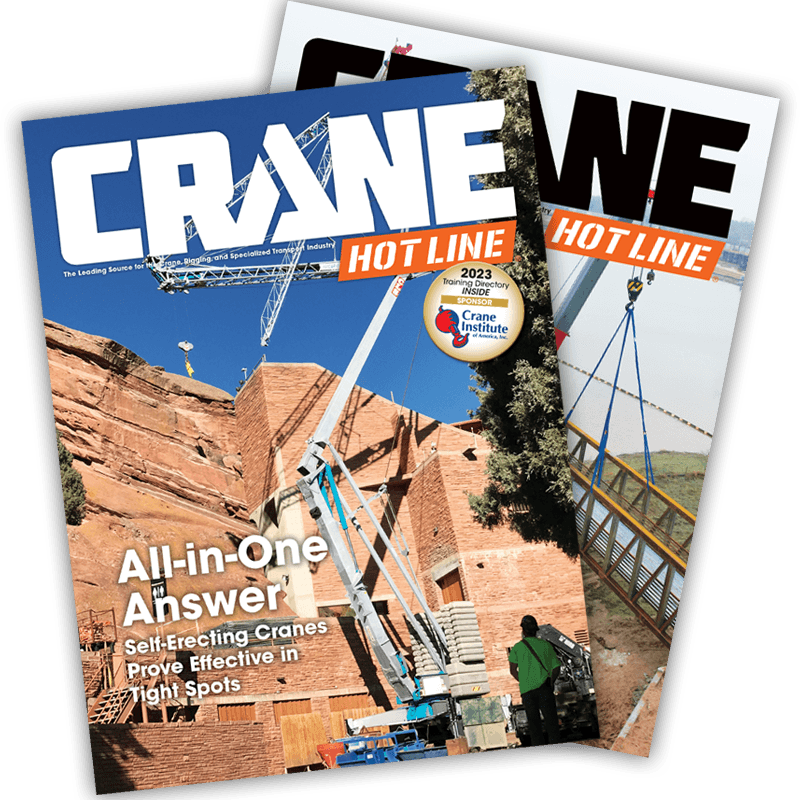Church in New Orleans' Holy Cross Community Under Historic Preservation
Enlarge Image
June 28, 2006 — Expanding its efforts to preserve historic communities that were damaged in the aftermath of Hurricane Katrina, the World Monuments Fund (WMF), in a partnership with the Preservation Trades Network (PTN), has launched a new demonstration restoration project and workshop in the historic Holy Cross community in

Earlier this year, WMF and PTN initiated the Alternatives to Demolition project to preserve and reuse materials from historic homes in
Photo courtesy of the World Monuments Fund.
Enlarge Image
This past winter, the Holy Cross Neighborhood Association (HCNA) asked WMF and its partners to work with area residents and leaders to assess the current state and the physical condition of the community, help identify and prioritize needs, and develop a phased plan beginning with immediate measures necessary for reoccupation. WMF and PTN have developed a number of measures to help with the recovery and restoration of houses in Holy Cros s, including workshops that will provide hands-on training while at the same time repairing damaged homes and community buildings. The Greater Little Zion project deals with the repair or replacement of flood-damaged wood floors, a need shared by many residents of Holy Cross; community volunteers, including homeowners, high school students, and local tradespeople, will be working alongside preservation professionals at the Greater Little Zion Baptist Church as they learn how to make the appropriate repairs. A Mobile Preservation Unit, a 32-foot recreational vehicle recently launched by WMF, PTN, and HCNA and staffed by a team of experts in building trades and preservation, will be on hand as an additional resource for information and help.

Part of the Home Clean-Out Demonstration Program arranged by the Association of Community Organization for Reform Now (ACORN), a JCB 540 telehandler removes insulation and debris from a gutted house in the Upper Ninth Ward.
Photo by Kristin Smith.
“In

Greater Little
Located in the historic neighborhood of Holy Cross in
In March 2006, PTN members undertook an assessment of the Greater Little Zion Baptist Church at the request of Reverend Scie and found the principal problem was the floor. At some point in the church's history, the original wood floor • attached directly to the floor joists • was covered with another wood floor. Typical of many houses in Holy Cross where the original floor has been covered or replaced with contemporary flooring over a subfloor, the double layer trapped moisture from the flood and caused the wood to swell and buckle. Volunteer workers removed the floors as part of a massive cleanup and gutting campaign in the months following Hurricane Katrina. The floors could possibly have been saved and repaired, and the wholesale removal of salvageable historic materials and building elements has been one unfortunate side effect of efforts by well-intentioned but untrained relief workers.
The Greater Little Zion Baptist Church was selected as a demonstration project and workshop site not only because it deals with conditions common to many structures in Holy Cross but also because recovering the churches in Holy Cross can become a focal point for the neighborhood, helping bring the residents of Holy Cross back to their homes and community. The workshop at the Greater Little Zion Baptist Church concentrates on repairs to the floor framing and installation of a new floor.

Community recovery and rebuilding
The World Monuments Fund and the Preservation Trades Network are working closely with the Holy Cross Neighborhood Association and the University of Florida College of Design, Construction and Planning to help address immediate needs identified by residents and to plan for sustained community reoccupation and rebuilding. They are completing a comprehensive assessment of the neighborhood and developing a holistic, multi-faceted approach for short- and long-term rebuilding. In addition to housing, the neighborhoods need the social and economic bonds of schools, merchants, churches, social centers, and clinics to reclaim their sense of place and community.
See the March-April 2006 issue of Lift and Access magazine for information on WMF and PTN demonstration projects in restoring, preserving, and reusing materials from historic properties in


